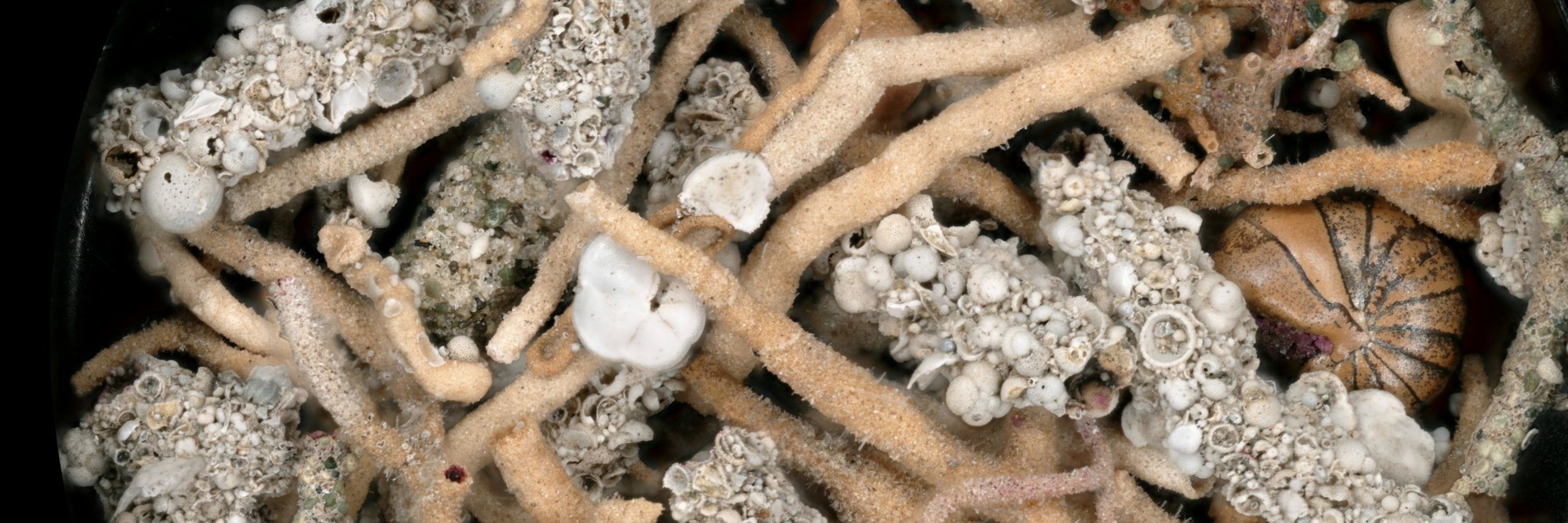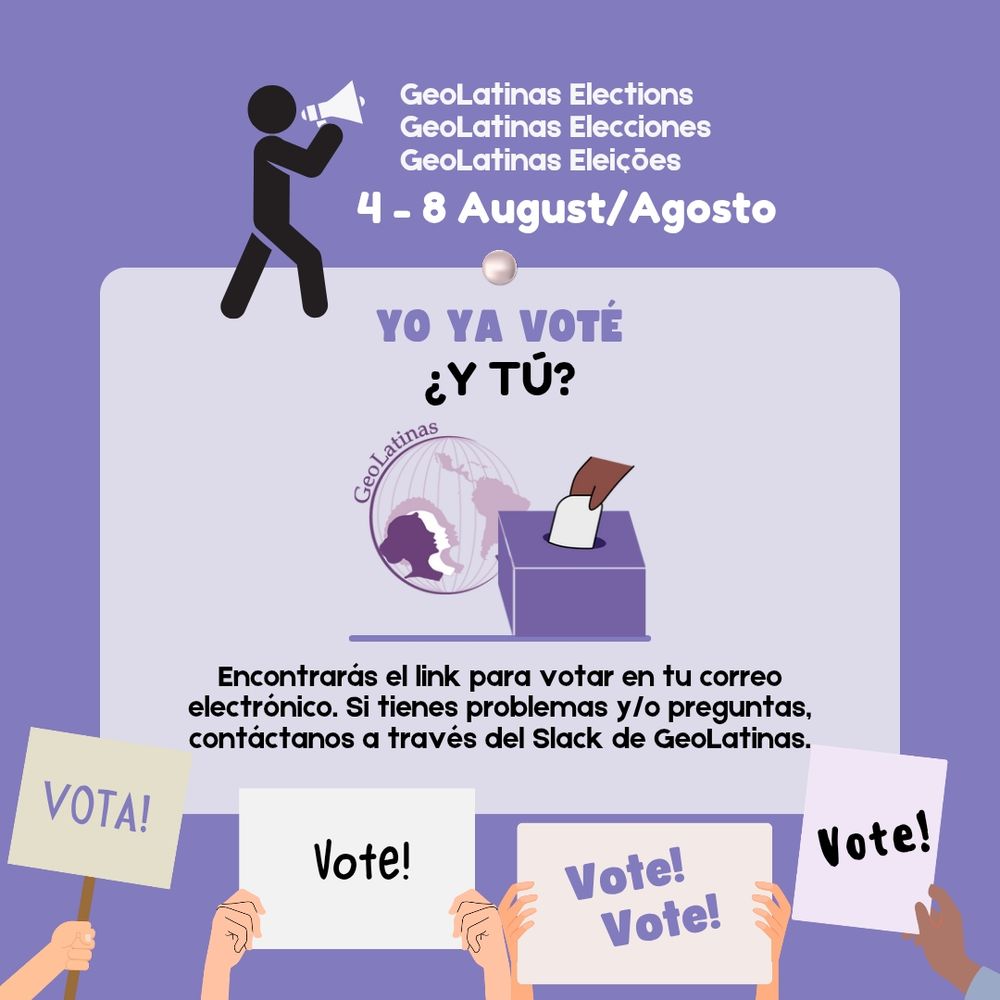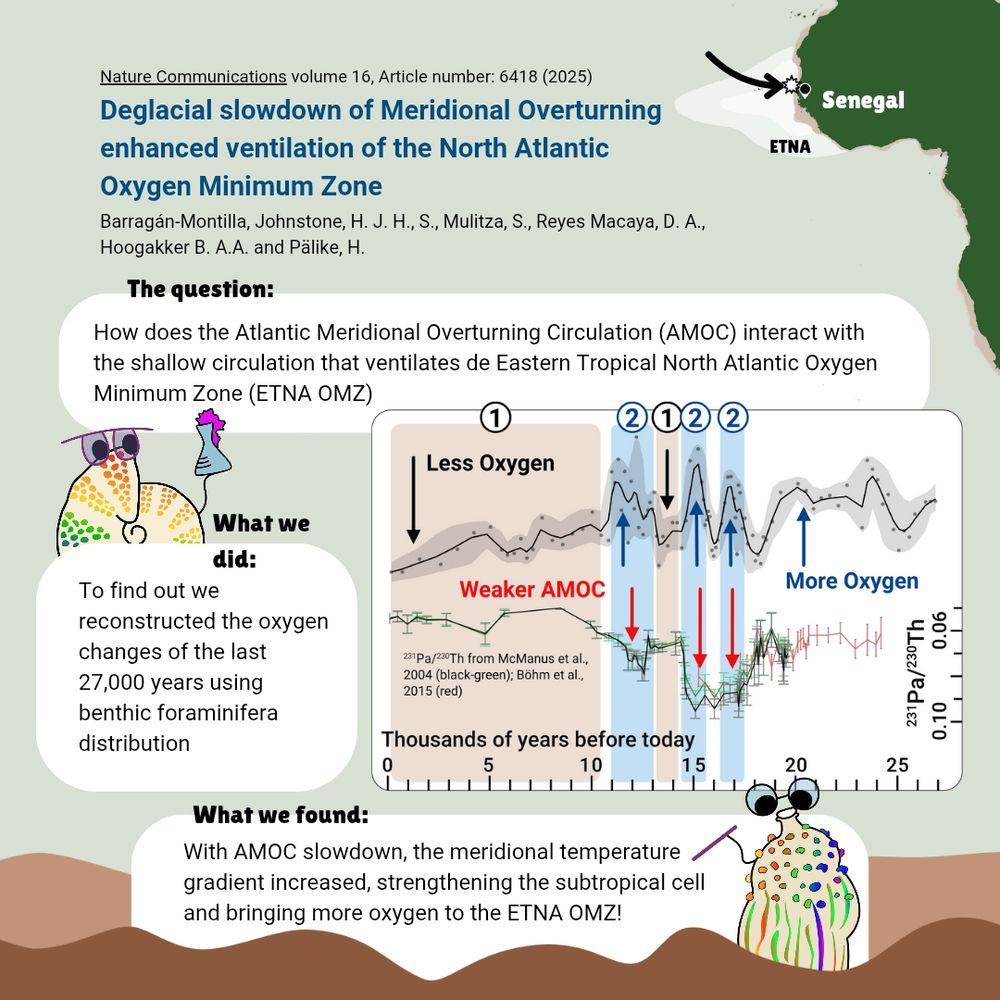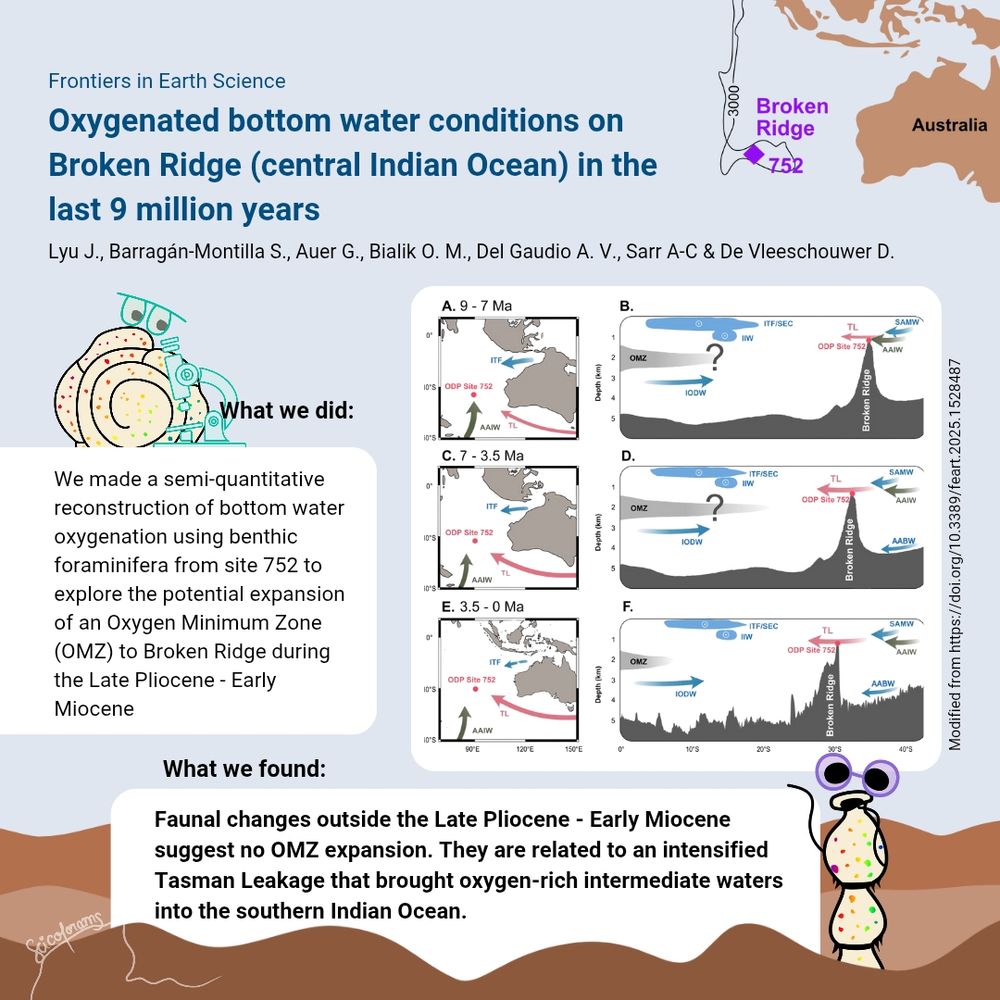
https://scicoforams.com/












Coming soon, our PO2 bluesky account 🌊🔬🐚🚀

Coming soon, our PO2 bluesky account 🌊🔬🐚🚀

You can read the full paper here: doi.org/10.3389/fear...
#foraminifera #womeninscience #GeoLatinas #Micropaleontology

You can read the full paper here: doi.org/10.3389/fear...
#foraminifera #womeninscience #GeoLatinas #Micropaleontology
📖 🤓 give it a read to learn what happened to ocean heat uptake as Atlantic Meridional Overturning Circulation (AMOC) slowed down a while ago bit.ly/3EELCuq 🧵👇


📖 🤓 give it a read to learn what happened to ocean heat uptake as Atlantic Meridional Overturning Circulation (AMOC) slowed down a while ago bit.ly/3EELCuq 🧵👇
#geolatinas #latinasinstem #forams #mamasinscience #notai

#geolatinas #latinasinstem #forams #mamasinscience #notai

